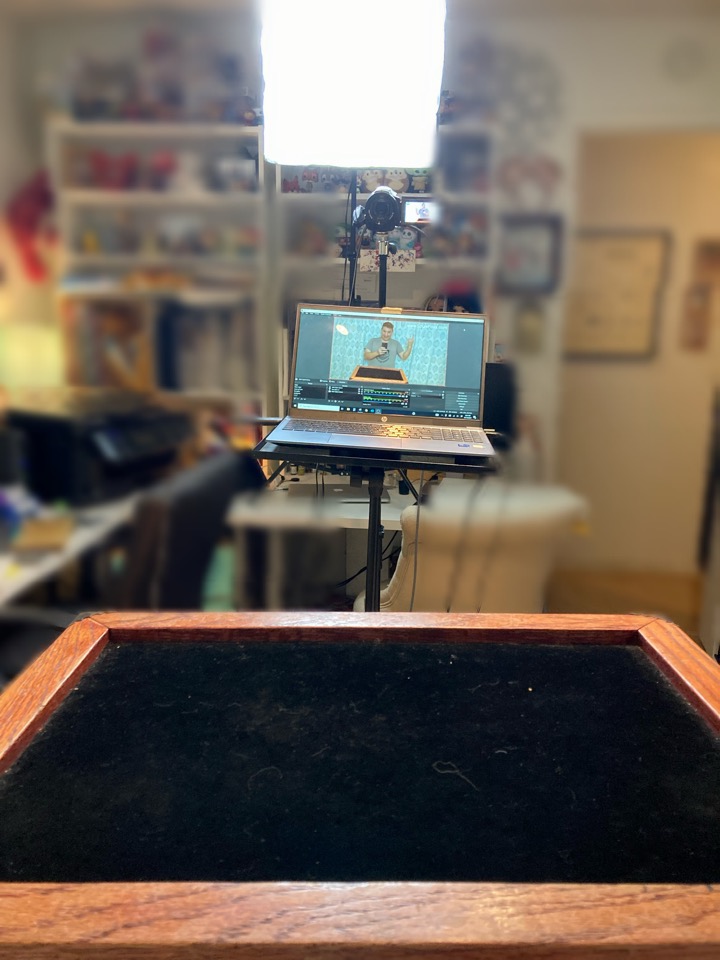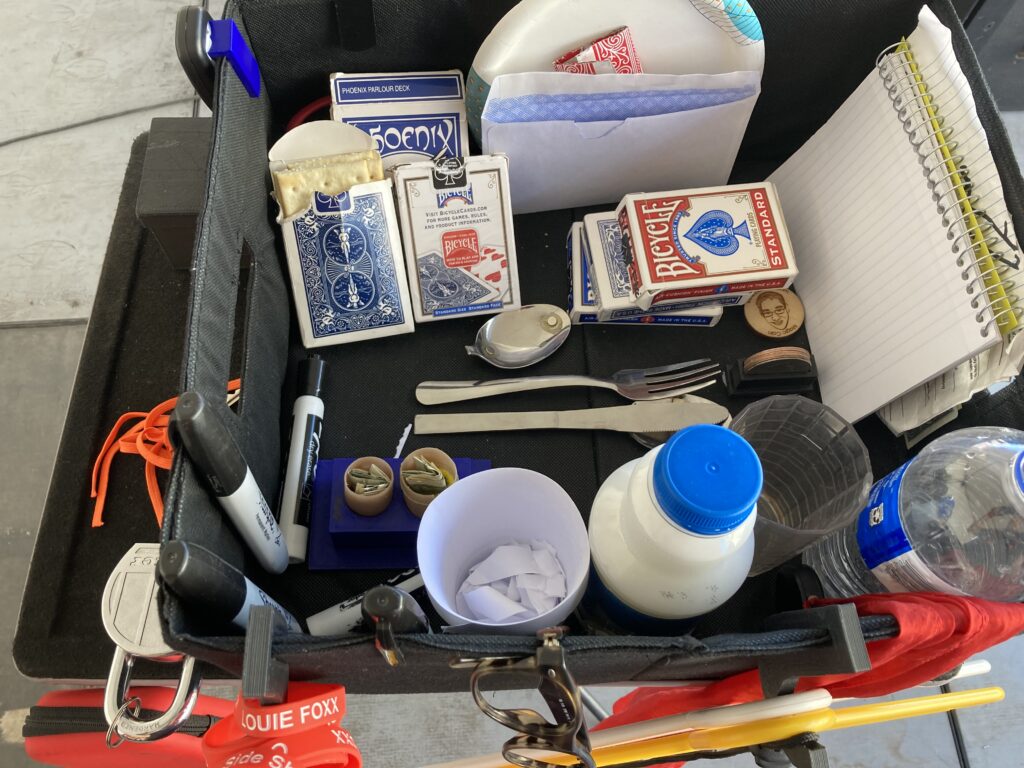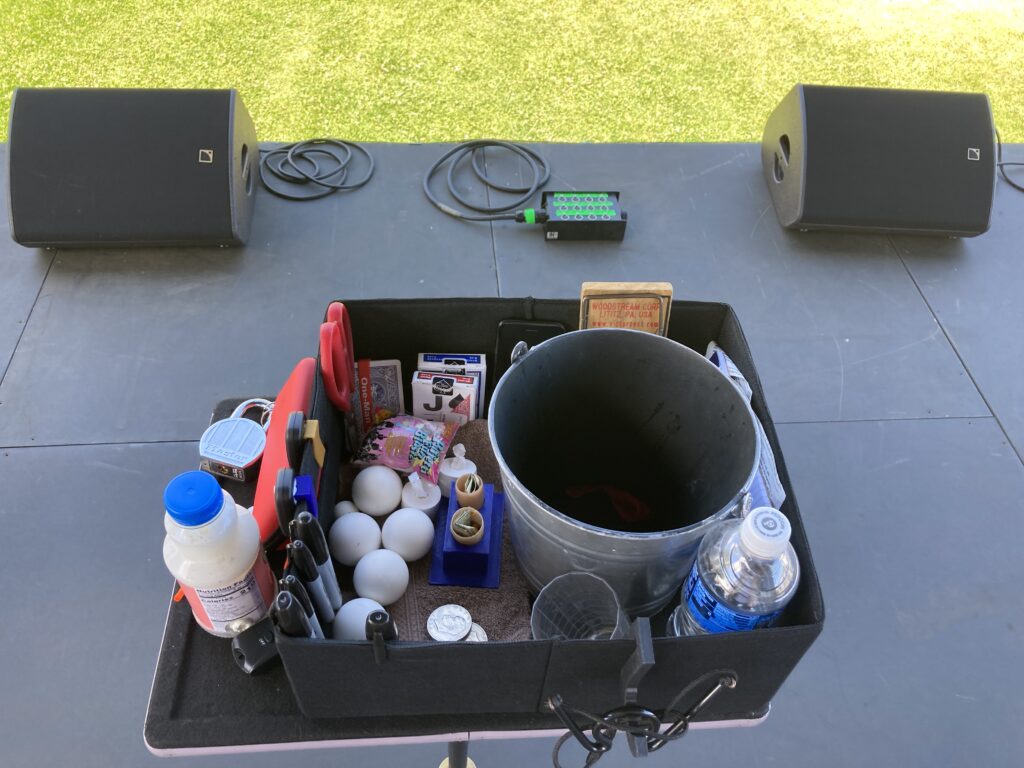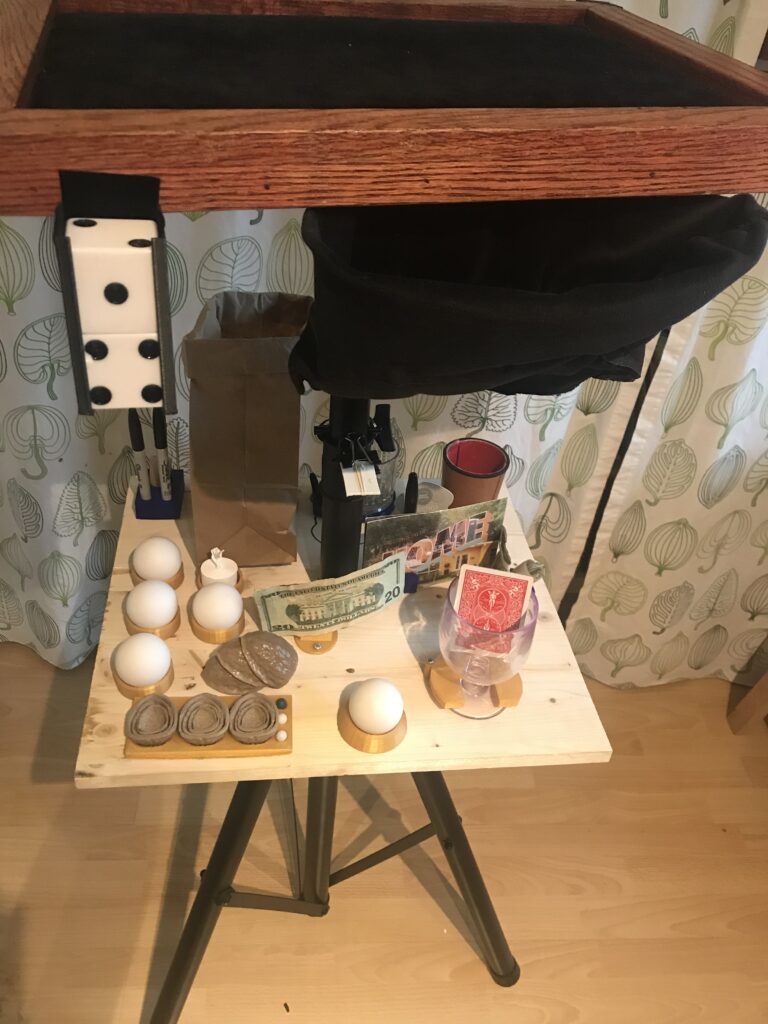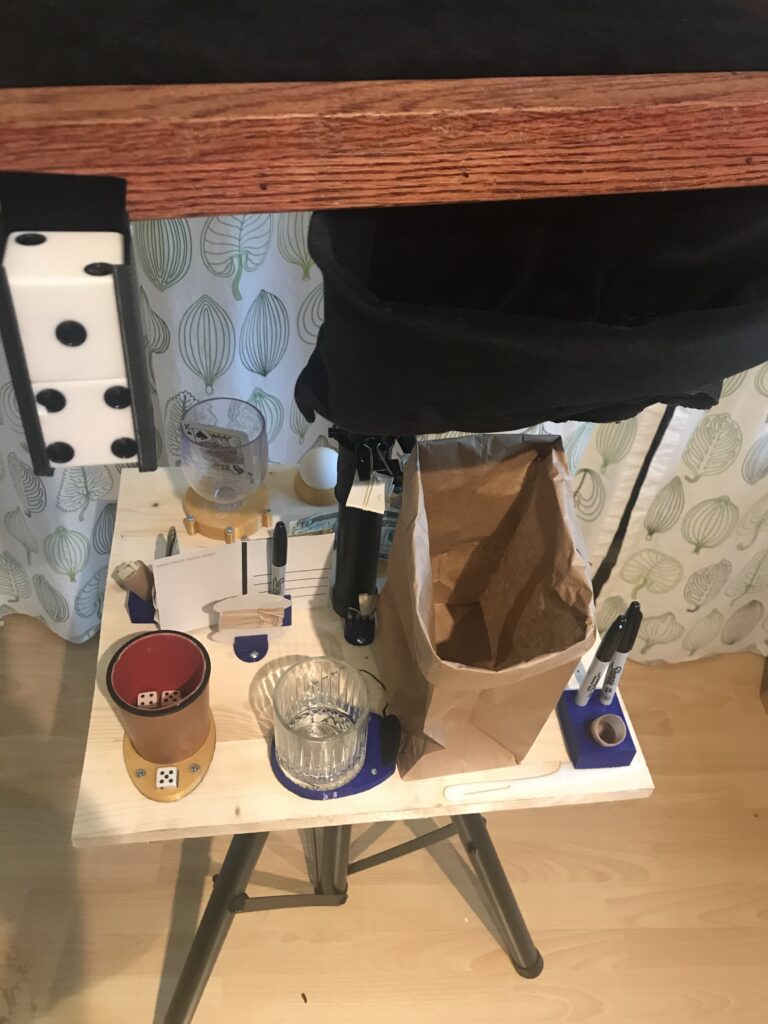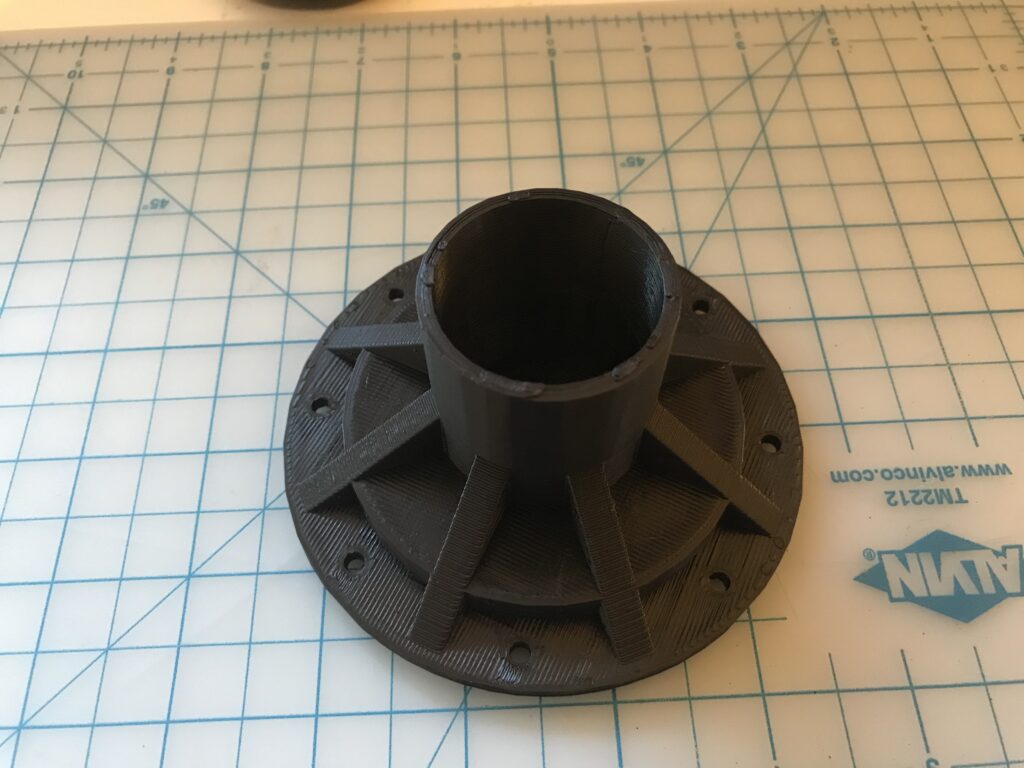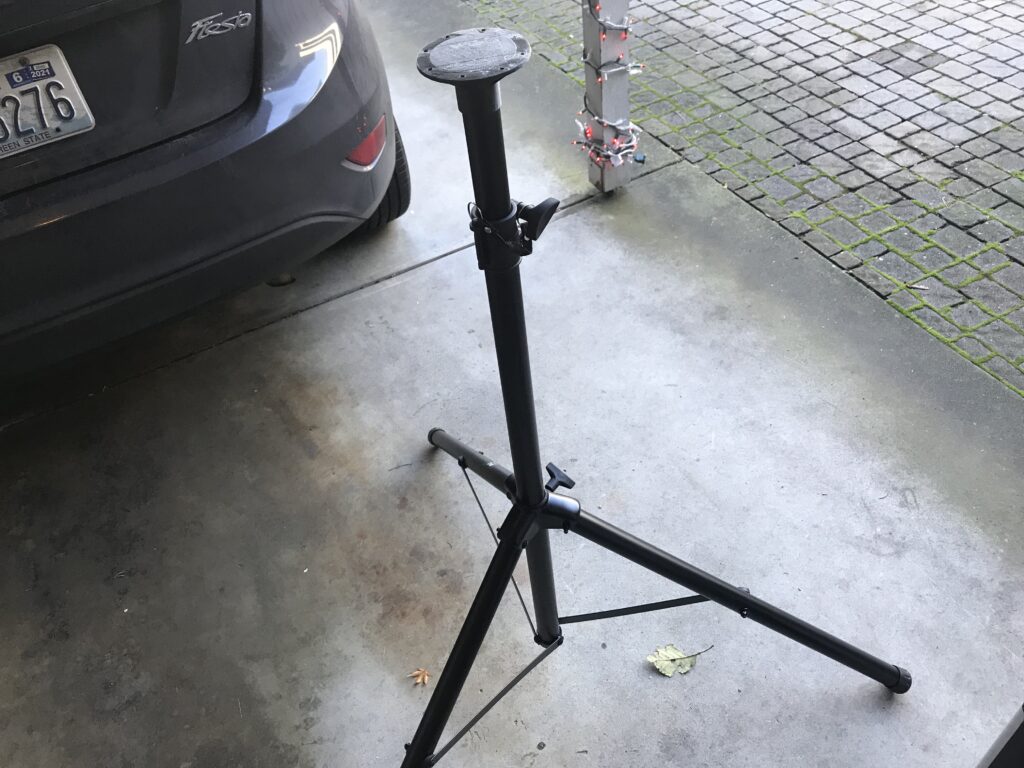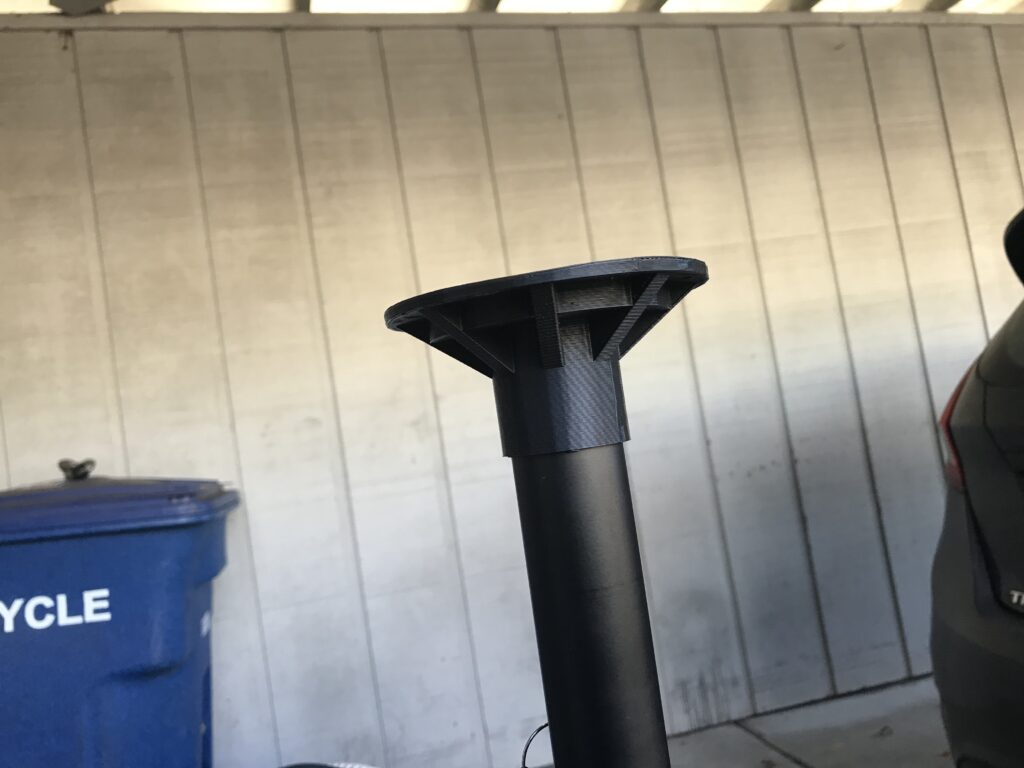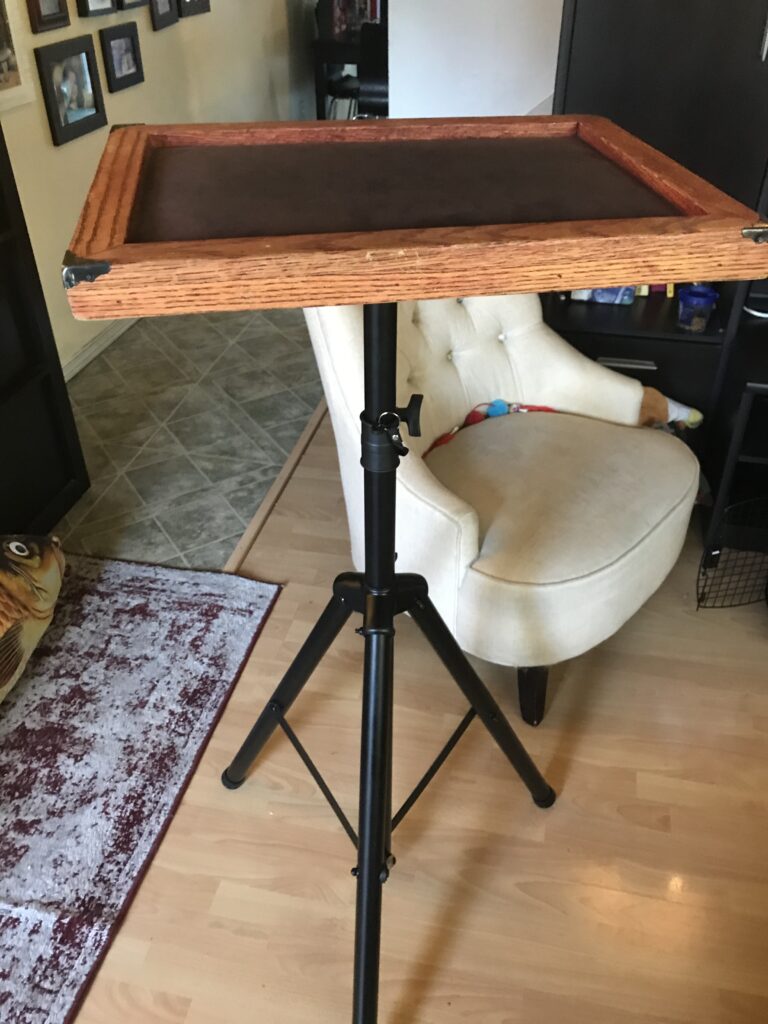About a hundred years ago, there were a lot of tricks where objects when through a hat. Stanley Collins had several giant dice through hat methods, and I think P & L made a dice thru hat as well. Then there’s glass through hat. I have one that’s about 100 years old, and while I think it’s over engineered for the effect, it is fun to do.
Here’s my first time trying it out:
From a method standpoint, it’s an interesting solution to making a glass penetrate a hat. I don’t think it’s the best solution and I would never do it in a show, however it is fun to practice! That the thing with magic is that you have to have fun, I still love magic. It’s not just my job, I love learning about it, I love playing with it and I love performing it.
-Louie

